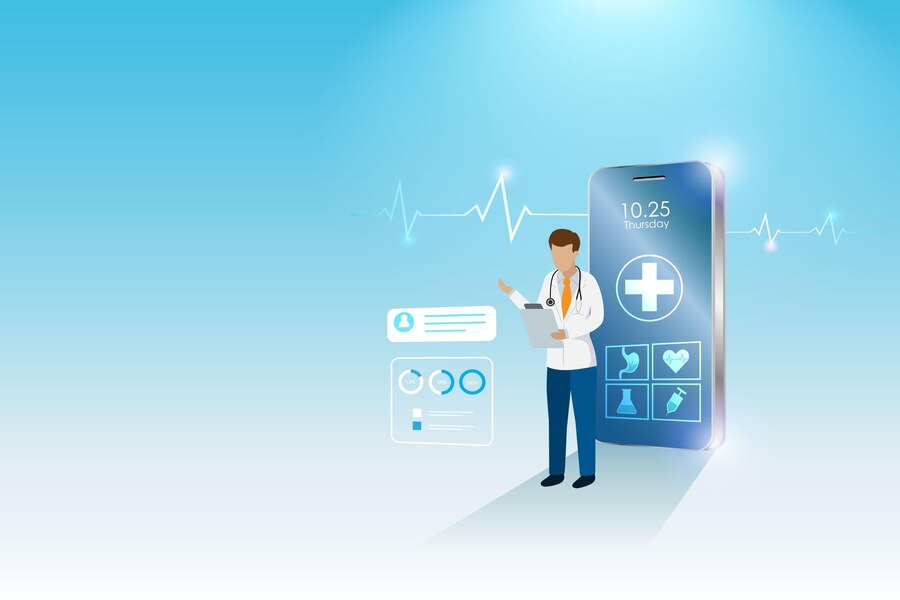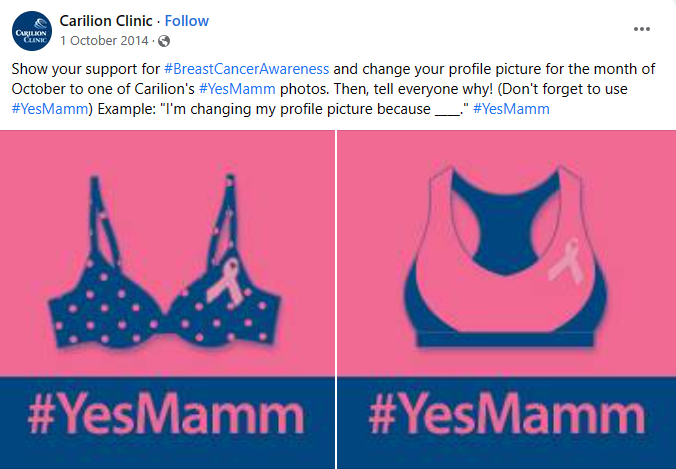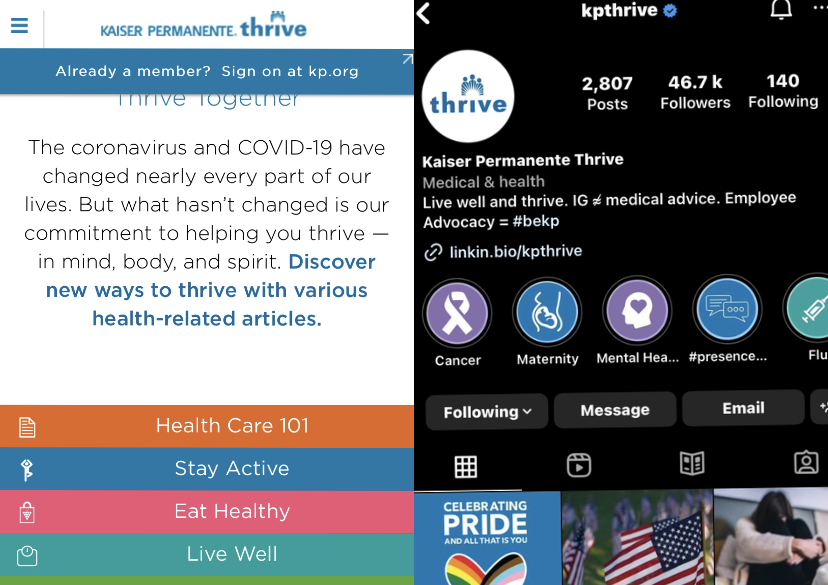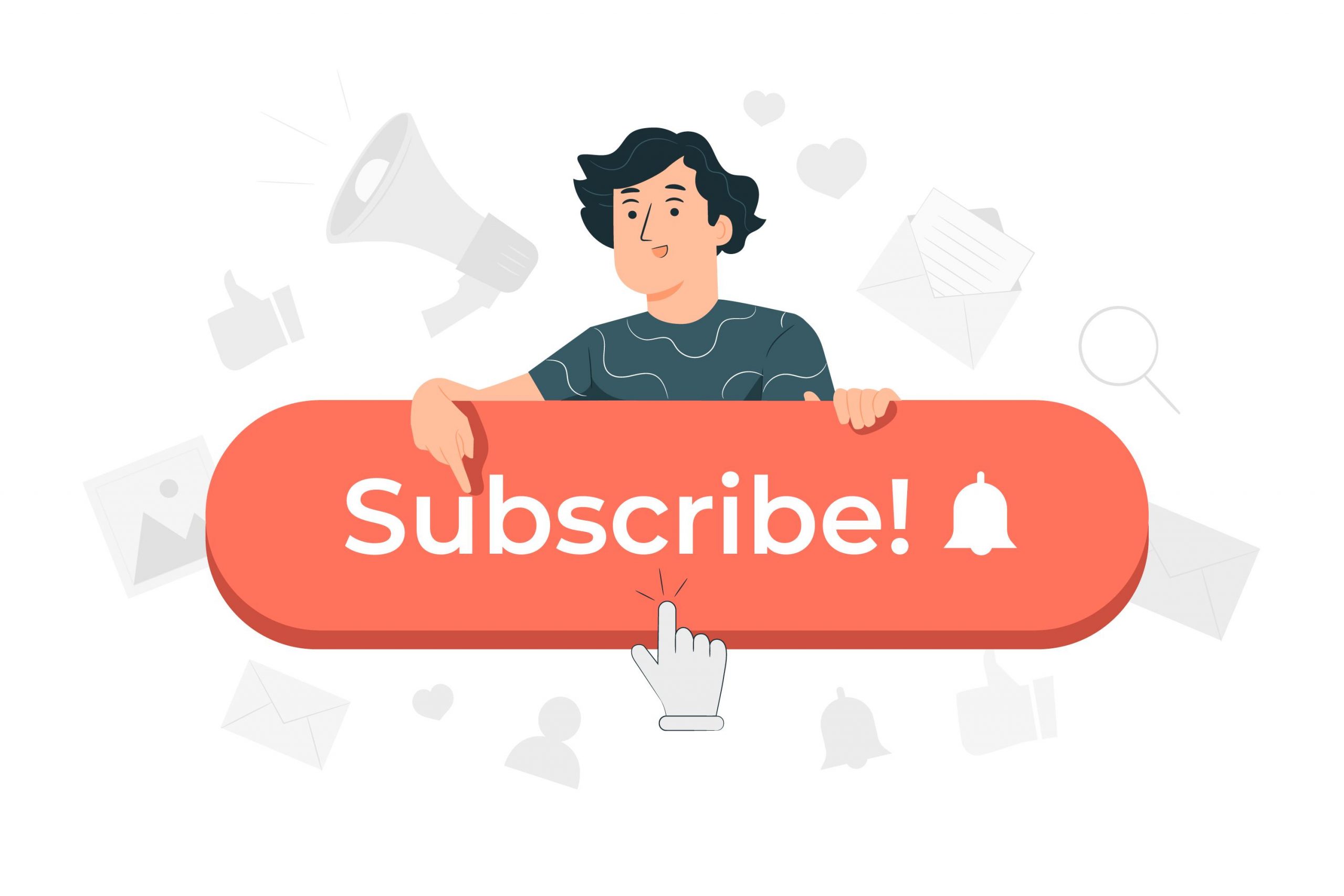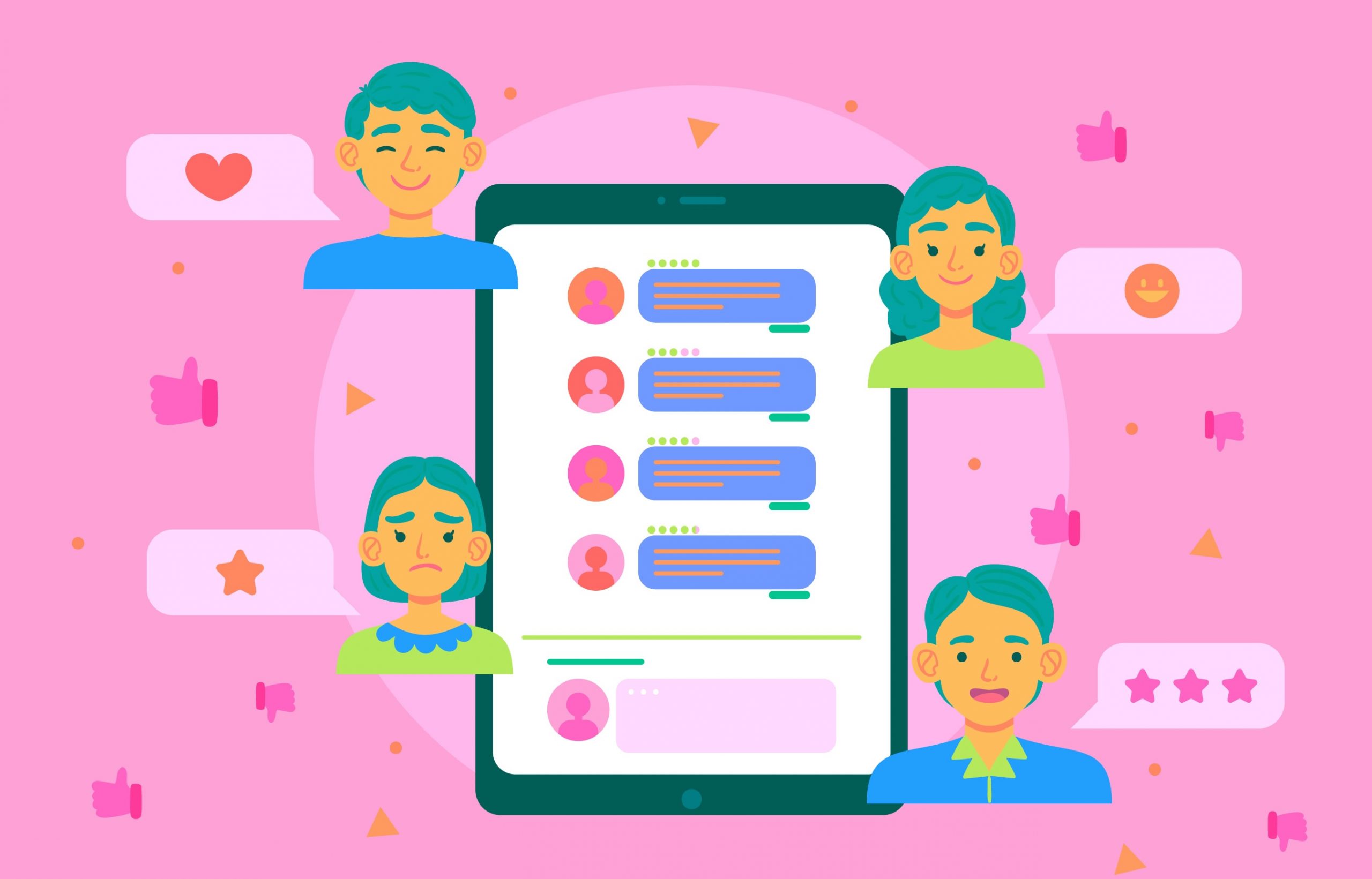Many healthcare brands recognise the value of adopting a marketing strategy in an increasingly digital world. However, successful healthcare marketing campaigns demand a well-thought-out plan and awareness of the industry’s unique challenges.
This article will explore the essential components of a successful healthcare marketing campaign. We’ll also look at three examples of healthcare marketing campaigns to inspire marketers.
Let’s jump right in!
The Key Ingredients for Successful Healthcare Marketing Campaigns
Today’s consumers are much different from those in the last decade or two. For instance, a recent survey by Press Garner found that about 52% of consumers use the Internet to find a new primary caregiver.
Therefore, the health industry must evolve to reach and communicate with its new audience. One way of doing so is through marketing campaigns to advertise their services.
However, creating effective healthcare marketing campaigns takes research, careful planning, and flawless execution.
We compiled a list of essential components of successful healthcare marketing campaigns in 2023.
- Understanding the healthcare industry: Healthcare organisations need to understand the current healthcare social media trends, challenges, and regulations affecting the industry. Understanding these factors will help develop campaigns that address their target audience’s needs and challenges.
- Use expert clinic advertising ideas.
- Develop a healthcare social media calendar.
Advantages and Disadvantages Of Social Media in Healthcare
Social media has become a vital part of our modern lives and has significantly impacted the healthcare sector. However, despite the countless benefits of adopting social media in healthcare, there are also possible downsides. And they are as follows:
Advantages
The following are some advantages of social media in healthcare:
1. Raise awareness
Healthcare organisations and caregivers can use social media to communicate educational content with a large audience – helping people learn about specific diseases and other medical conditions.
Also, medical organisations can use social media to send public health warnings and real-time updates to the general public.
NB: Always include a link for your target audience so they can explore more extensive information if desired.
2. Fight misinformation
Misinformation is widespread in today’s world. Unfortunately, it is common in the healthcare sector because of the endless amount of information accessible online.
But social media has shown to be a powerful tool in the fight against misinformation. With its help, healthcare professionals can dismiss myths and misinformation about the industry.
3. Communicating during a crisis
As the world becomes more advanced, it is becoming easier to deal with health-related problems.
For example, during the pandemic, health practitioners used social media platforms to share basic information about the virus, support people, and foster community.
4. Reach a broader audience.
Social media has become valuable for healthcare professionals and organisations seeking to reach a broader target audience, boost resources, and aid recruitment efforts.
Health-related organisations can reach a larger audience and access valuable resources using social media platforms like Youtube, Instagram, Twitter, and Facebook.
5. Answer frequently asked questions (FAQs).
Self-diagnosis on the rise — about 21% of consumers admit to looking for treatment options online. Many organisations now rely on the best social media platform for healthcare – Facebook, Twitter, and TikTok – to help address common health concerns.
For example, The World Health Organization (WHO) recently developed a Facebook chatbot to give accurate health information. The WHO chatbot can answer common health-related questions and connect users to reputable sources of information.
This step is crucial in fighting misinformation, which can lead to incorrect diagnoses and exposure to harmful health advice.
6. Encourage public participation
Most people are reluctant to discuss their health problems or go for hospital check-ups because they fear being judged. Social media provides people with an anonymous forum to seek aid without feeling embarrassed or scared.
One of the most common methods to use social media for healthcare participation is through medical marketing campaigns. These programs raise awareness of health issues, give tools to learn more, and connect people to organisations and healthcare experts working on the topic.
Drawbacks
The following are the major disadvantages of social media in healthcare.
- Breach of confidence
One possible drawback of using social media in medical settings is the risk of breaking patient trust.
For example, if a caregiver posts personal data about a patient on Facebook or Twitter without the patient’s consent, they put the patient at risk of being identified and revealed. If this happens, it could result in legal consequences for the caregiver.
Therefore, avoiding discussing a patient’s personal experience on social media is best.
- Misinformation
Anyone with access to the Internet can publish anything on social media, which can result in the spread of wrong or even harmful information.
Healthcare practitioners must publish robust and factual information regarding specific treatments or infections and step their audience can take to prevent being victims of false news.
Examples Of The Best Healthcare Marketing Campaigns in the Healthcare Industry
Medical organisations must include a social media strategy for healthcare to create successful marketing campaigns. We compiled a list of some of the best healthcare advertising campaigns to draw inspiration from.
UnitedHealthcare “We Dare You” Campaign
The “We Dare You” healthcare campaign by UnitedHealthcare is one of the most successful campaigns yet, winning numerous awards. But what sets it apart is the campaign initiative, which encourages people to take ownership of their health and live their best lives.
UnitedHealthcare urges people to track their little, daily changes that contribute to long-term, better habits and post them online. This campaign serves as a reminder that subtle improvements can result in significant rewards, and taking responsibility for your health should be a daily priority.
Carilion Clinic’s “#YESMAMM” Campaign
The “#YESMAMM” campaign by Carilion Clinic is a powerful attempt to increase awareness about the importance of breast cancer screenings. The ad encourages women to take charge of their health by getting mammograms regularly to detect and monitor breast cancer.
The program also offered materials to educate women on the importance of breast health and its early detection, empowering them to make informed health decisions.
Kaiser Permanente’s “Thrive” Campaign
The “Thrive” campaign by Kaiser Permanente was a great attempt to promote healthy lifestyles and urge consumers to take an active role in their health.
The campaign used television commercials, billboards, and online videos to educate customers on the importance of healthy living and urge them to make healthy lifestyle choices.
Bottomline
Running a successful healthcare social media campaign requires careful planning, creativity, and a deep understanding of your target audience. In addition, you can improve your campaign’s impact by creating valuable and relevant content. Finally, use social media and other digital platforms to reach a wider audience, and remember to track your results.
Remember to stay up-to-date on the latest industry trends and best practices and always strive to put the needs of your patients first.

